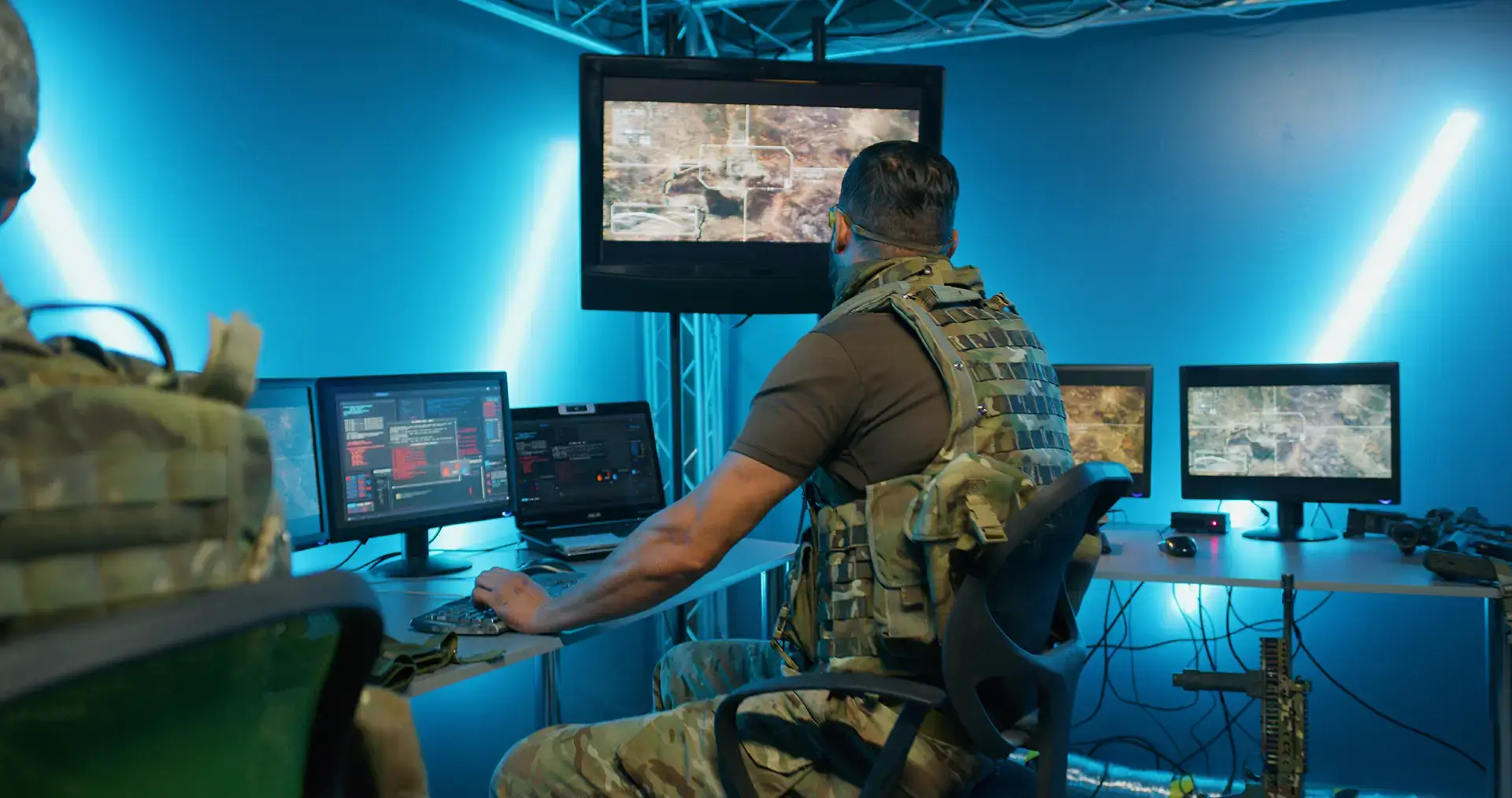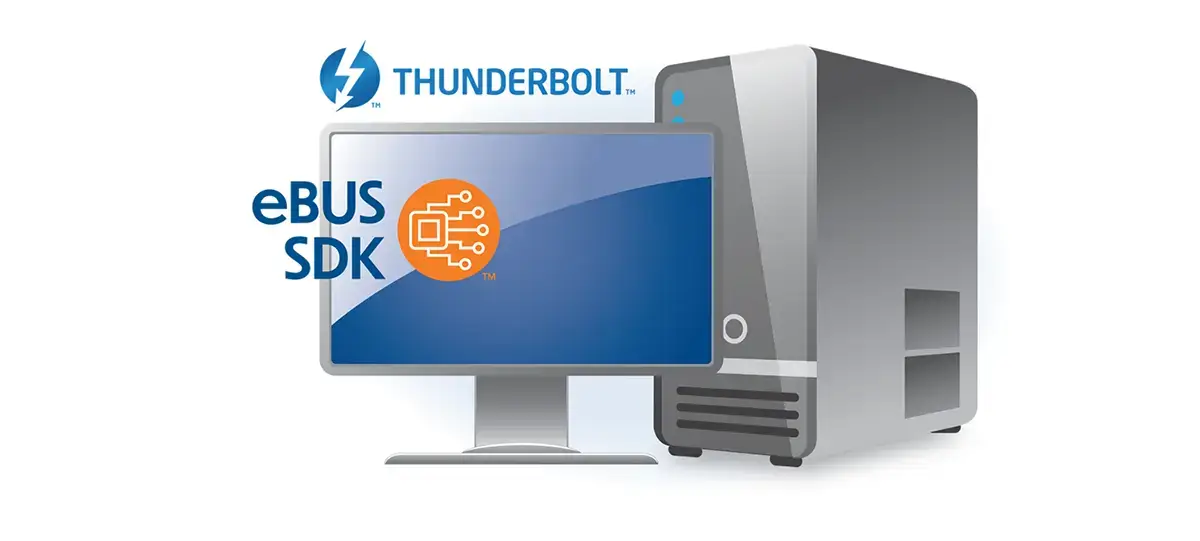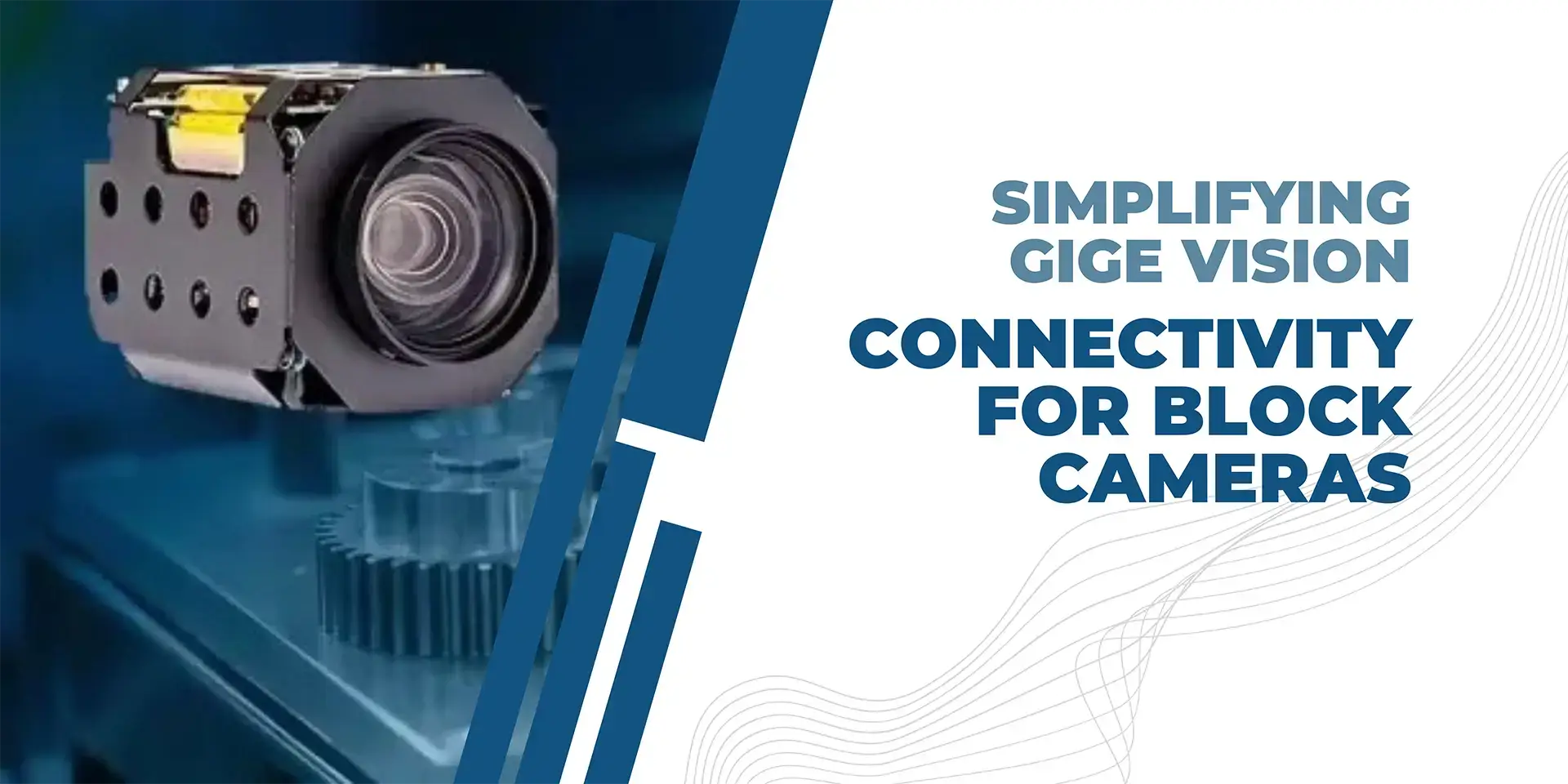In today’s rapidly evolving defense landscape, cutting-edge technologies play pivotal roles in enhancing operational efficiency, situational awareness, and, very importantly, mission success. One such technology making leaps and bounds in the defense sector is that of machine vision. By leveraging advanced algorithms and imaging capabilities, machine vision systems are revolutionizing military imaging as we know it, offering unprecedented cost and performance advantages.
Machine vision systems provide operators with enhanced surveillance and reconnaissance capabilities, empowering real-time monitoring of vast areas with both precision and accuracy. Equipped with high-resolution cameras and intelligent image processing algorithms, these robust systems can detect, track, and classify objects of interest, including vehicles, personnel, and potential threats, even in the most challenging environmental conditions.
By leveraging off-the-shelf hardware components and open-source software frameworks from the machine vision industry, military agencies can deploy scalable solutions tailored to their specific needs that address real-time connectivity demands and the drive to centralize multiple imaging and sensor devices on a unified system.
By integrating machine vision into military imaging systems, personnel gain valuable insights into battlefield conditions, terrain analysis, and target identification, facilitating more informed mission planning and execution. Machine vision technologies empower military units to gather critical intelligence, assess risks, and adapt strategies on the fly, enhancing operational effectiveness and mitigating collateral damage.

Machine vision systems excel in autonomous target recognition (ATR), allowing military personnel to quickly identify and assess potential threats on the battlefield. Via deep-learning algorithms and pattern recognition techniques, these systems can analyze huge quantities of visual data all in real-time, identifying enemy targets, distinguishing between friend and foe, and providing actionable intelligence to decision-makers.
Yet another key advantage of machine vision in military imaging is its ability to automate repetitive tasks thus reducing the cognitive load for operators. By offloading image analysis and processing tasks to intelligent algorithms, machine vision systems free up human operators to focus on higher-level decision-making tasks, thereby enhancing situational awareness and response capabilities.
Machine vision is poised to revolutionize military imaging, offering affordable, cost-effective solutions with unparalleled performance and scalability. In harnessing the power of advanced algorithms, high-resolution cameras, and intelligent image processing techniques, defense organizations can, in turn, enhance surveillance capabilities, improve intelligence gathering, and streamline mission planning and execution.
As the technology continues to evolve at a rapid rate, machine vision will doubtless play an increasingly vital role in shaping the future of military operations, providing armed forces with the tools they need to maintain superiority on the battlefield while minimizing costs and maximizing efficiency.
Machine vision is very much here to stay!




